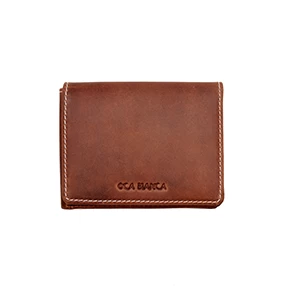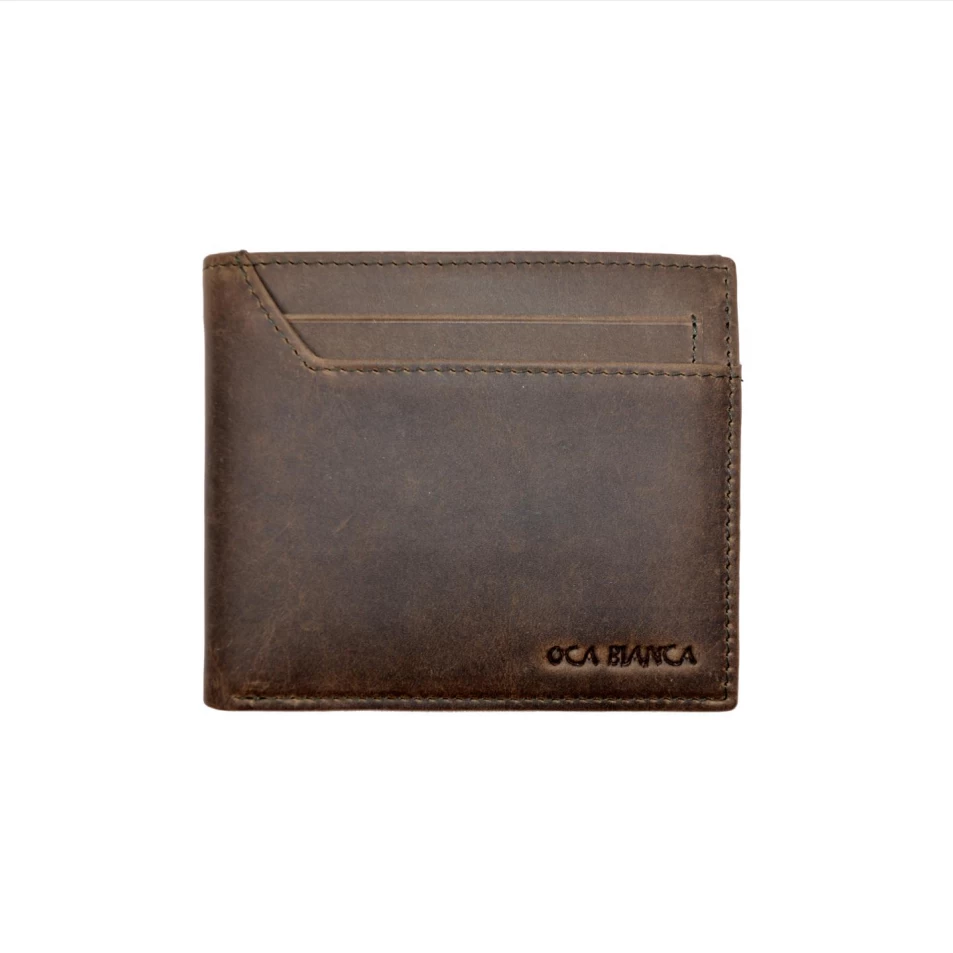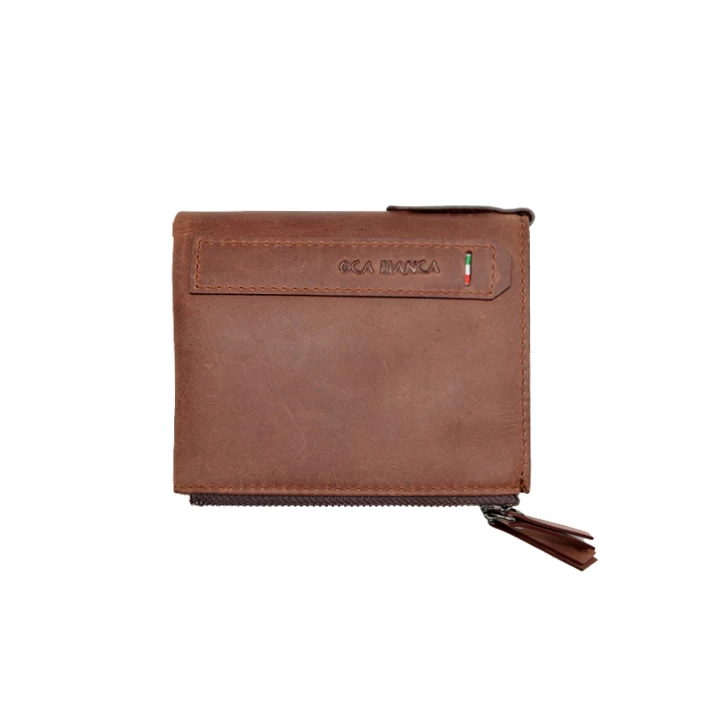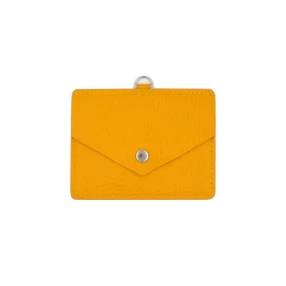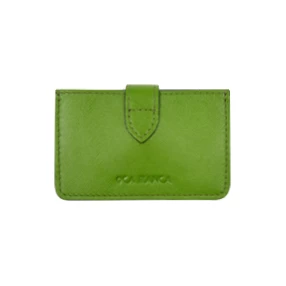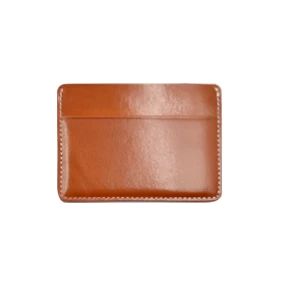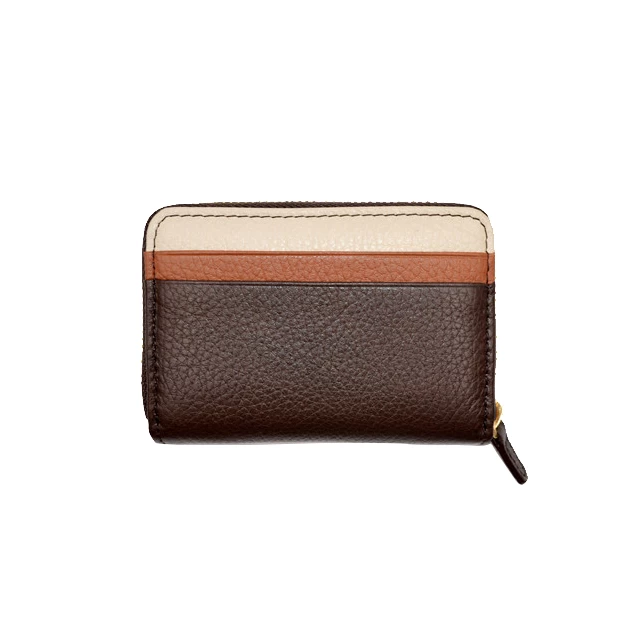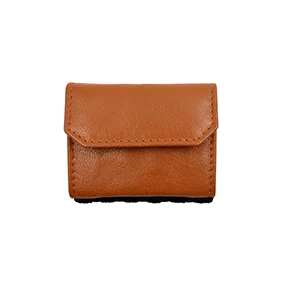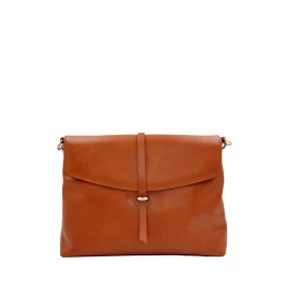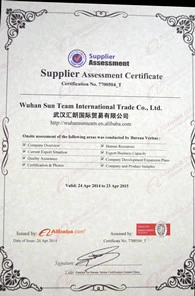Flaying
Cara
www.walletwmazon.com
2017-06-08 15:49:00
Charpter 1: HAND FLAYING
Charpter 2: MACHINE FLAYING
In some cases skins are part of the food chain, and people actually eat hides or skins. In Indonesia people eat pre-processed hides as krupuk. In Ghana people eat dried camel hides and in Mexico fried pork skin is a local delicacy. In general however they are recovered from the slaughtered animal for purposes other than food. After the animal is killed the first operation is to remove the hide or skin. This is called hot flaying, because the carcass is still warm. This has both practical and hygienic reasons, even if in the USA many carcasses are left unskinned when they have to travel over large distances in refrigerated railway wagons to places where the value of the meat is higher than in other places. Removal of the hide in this case is called cold flaying. Cold flaying requires more force and normally damages the hide or skin, or at best interferes with the fibre structure of the hides. Flaying should be done as well as possible. Holes or deep cuts from flaying knifes reduce the value of a hide or skin, hence in order to obtain the highest possible value for a hide or a skin, the flaying should be done with care.
HAND FLAYING
Before mechanisation all flaying was done by hand. The removal of the hide or skin is an operation that is ruled in many areas by tradition. In many countries small skins are pulled by hand from a hanging carcass, resulting in a skin that presents itself as a sort of tube, which you can compare to a coverall. Pulling a skin by hand produces a rather good quality flay.
With large animals or small animals (calf) whose skin is particularly firmly attached to the meat this sort of flaying is not possible, and one has to resort to flaying with the assistance of a knife. The knife is both a useful and a dangerous tool. If a flayer gives little attention to what he is doing, he can easily cause damage to the hide or skin by making cuts or even holes. Each bad cut and each hole reduce the value of a hide. Hides and skins with more than 10 deep cuts and/or holes fetch such a low price, if there is a demand at all, that it becomes economically unfeasible to collect such material, and it becomes then a total loss.
In order to make hand flaying a bit less risky, special flaying knives have been designed with a round rather than a pointed edge, but unless used with a certain circumscription and professionalism, also these particular knives do not guarantee a better flay quality.
Hand flaying is done simply by detaching the hide with a knife from the fat or meat of the carcass. The less fat or meat is attached to the hide or skin, the better it is for the butcher who sells the meat as it is obvious that the price per kilo of a hide is far less than that of the meat. The closer the flaying knife is held to the hide, the more likable it becomes that flay damage is done to the hide. Exception is made for game, fur, reptile and other exotic hides and skins, where the hide is the main product and the meat the by-product.
A typical hand flay operation of a goat or sheep takes about 5 minutes, whereas for large cattle a hand flay operation takes somewhere between 10 and 15 minutes. Speed in flaying compares inverse with flay quality. The slower the flaying operation is executed, the better is the quality, and hypothetically the higher is the price that can be fetched for the hide. In abattoirs that process a substantial quantity of cattle but not enough to warrant a mechanical hide puller, hand flaying can be done with specially designed knifes (Jarvis knifes) that vibrate and thus do not easily cuts or holes if properly operated.

Charpter 2: MACHINE FLAYING
In some cases skins are part of the food chain, and people actually eat hides or skins. In Indonesia people eat pre-processed hides as krupuk. In Ghana people eat dried camel hides and in Mexico fried pork skin is a local delicacy. In general however they are recovered from the slaughtered animal for purposes other than food. After the animal is killed the first operation is to remove the hide or skin. This is called hot flaying, because the carcass is still warm. This has both practical and hygienic reasons, even if in the USA many carcasses are left unskinned when they have to travel over large distances in refrigerated railway wagons to places where the value of the meat is higher than in other places. Removal of the hide in this case is called cold flaying. Cold flaying requires more force and normally damages the hide or skin, or at best interferes with the fibre structure of the hides. Flaying should be done as well as possible. Holes or deep cuts from flaying knifes reduce the value of a hide or skin, hence in order to obtain the highest possible value for a hide or a skin, the flaying should be done with care.
HAND FLAYING
Before mechanisation all flaying was done by hand. The removal of the hide or skin is an operation that is ruled in many areas by tradition. In many countries small skins are pulled by hand from a hanging carcass, resulting in a skin that presents itself as a sort of tube, which you can compare to a coverall. Pulling a skin by hand produces a rather good quality flay.
With large animals or small animals (calf) whose skin is particularly firmly attached to the meat this sort of flaying is not possible, and one has to resort to flaying with the assistance of a knife. The knife is both a useful and a dangerous tool. If a flayer gives little attention to what he is doing, he can easily cause damage to the hide or skin by making cuts or even holes. Each bad cut and each hole reduce the value of a hide. Hides and skins with more than 10 deep cuts and/or holes fetch such a low price, if there is a demand at all, that it becomes economically unfeasible to collect such material, and it becomes then a total loss.
In order to make hand flaying a bit less risky, special flaying knives have been designed with a round rather than a pointed edge, but unless used with a certain circumscription and professionalism, also these particular knives do not guarantee a better flay quality.
Hand flaying is done simply by detaching the hide with a knife from the fat or meat of the carcass. The less fat or meat is attached to the hide or skin, the better it is for the butcher who sells the meat as it is obvious that the price per kilo of a hide is far less than that of the meat. The closer the flaying knife is held to the hide, the more likable it becomes that flay damage is done to the hide. Exception is made for game, fur, reptile and other exotic hides and skins, where the hide is the main product and the meat the by-product.
A typical hand flay operation of a goat or sheep takes about 5 minutes, whereas for large cattle a hand flay operation takes somewhere between 10 and 15 minutes. Speed in flaying compares inverse with flay quality. The slower the flaying operation is executed, the better is the quality, and hypothetically the higher is the price that can be fetched for the hide. In abattoirs that process a substantial quantity of cattle but not enough to warrant a mechanical hide puller, hand flaying can be done with specially designed knifes (Jarvis knifes) that vibrate and thus do not easily cuts or holes if properly operated.








